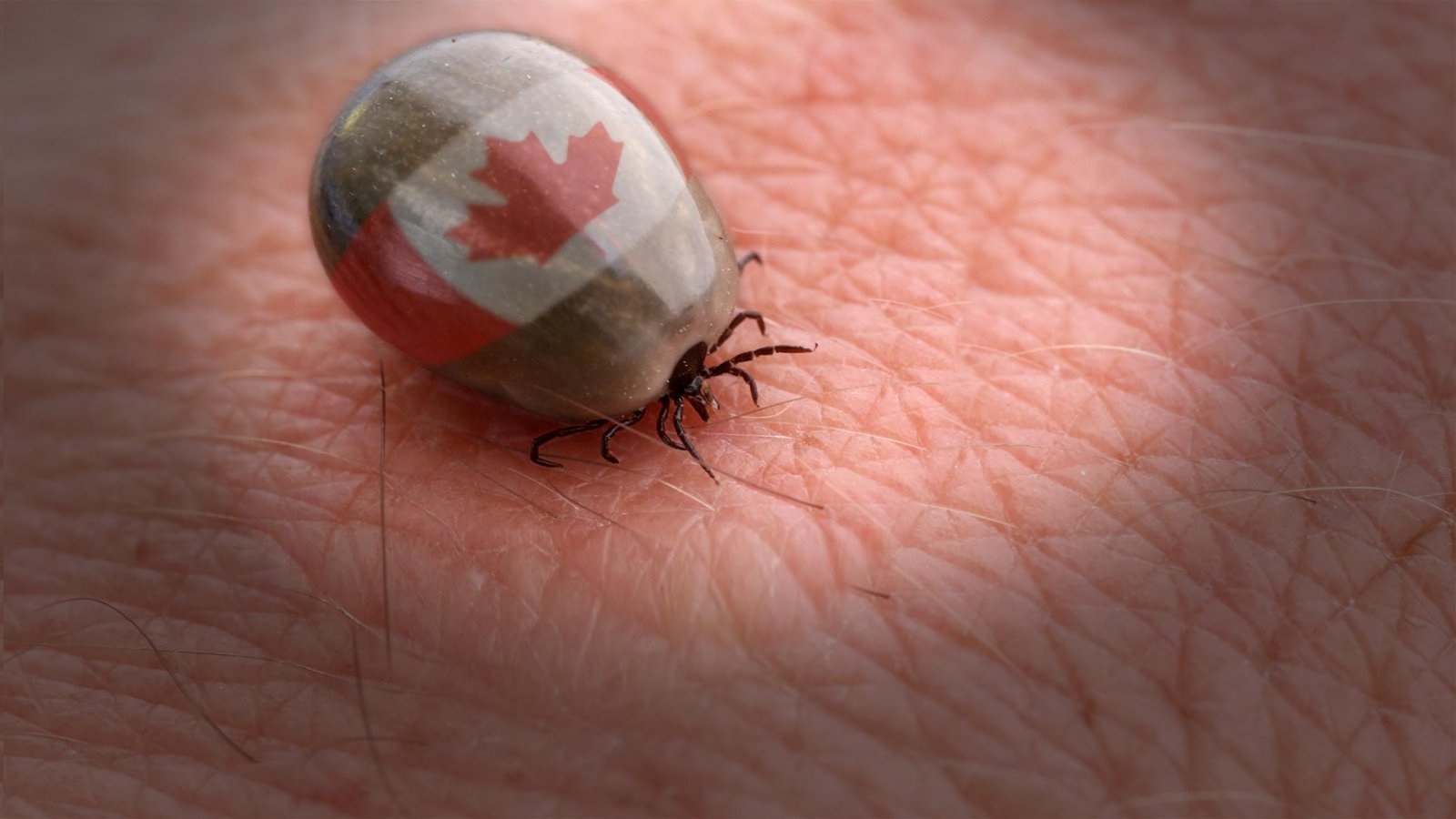Another year has ticked by and Lyme disease remains a problem across much of North America.
Over the years I have met with so many people – farmers, outdoor activists, friends, neighbours – who have come down with Lyme – so many, often young people, afflicted in the prime of their life.
Time and time again I am told our health care system seems unaware and unprepared to deal with what remains essentially a new and emerging infectious disease – a disease that mimics other ailments and all too often has flummoxed those not expert in tropical diseases or public health.
Compounding the problem is the confusing and somewhat dubious advice prevalent on social media.
We have government for a reason and to that end in 2015, I introduced legislation – a Private Member’s Bill – to mandate the Ontario Minister of Health to develop ‘A Provincial Framework and Action Plan Concerning Emerging Vector-Borne Diseases,’ to quote the title of the bill.
The bill passed second reading with all-party support and became the law of the land.
Given my previous background in both research and health, I felt bound to take a purely objective evidence and science-based approach to creating this legislation. I called for a provincial framework and an action plan through our Ministry of Health – a plan that, primarily, encompasses surveillance, education materials and guidelines – guidelines for prevention, identification, diagnosis, treatment and management, including emergency preparedness – and calls for the sharing of best practices provincially and across our country. It instructs the Minister of Health to bolster research collaboration among all concerned, particularly those in the public.
One of my goals is to facilitate an efficient, more effective allocation; essentially, of what I consider scarce health resources. Going back to prevention, it is much more cost-effective to prevent than to treat. We know that the worldwide cost of SARS, for example, was $40 billion, and the bill in Canada came in at $2 billion, so prevention is key. Prevention is certainly key when there is no vaccine or little in the way of effective treatment. When you are dealing with a particular affliction like Lyme, prevention is the only option.
A committee was struck because of my legislation, and three years after my bill passed, released recommendations in April 2018.
Their advice included a call for reviews of current tick surveillance activities; of current testing methodologies for diagnosing Lyme disease and other tick-borne illnesses; and a review of current clinical practice guidelines focussing on assessment, prevention and treatment.
The committee also, as in my legislation, calls for research, education and public awareness. It calls for improved communications to regulated health professionals regarding standards of practice for diagnosis and treatment, as well as, the provision of professional education, and a coordinated care model for patients at all stages of these diseases.
The spread of Lyme disease in Ontario is an important issue for the Ministry of Health.
Health Quality Ontario (HQO), in partnership with Public Health Ontario (PHO) and in collaboration with clinical experts, patients and caregivers across the province has developed a clinical guidance document for early-localized Lyme disease. HQO continues to review the evidence and has committed to making any necessary changes to the guidance document as the evidence warrants.
In my view, the Ministry of Health is making progress.
For the Silo, Toby Barrett -MPP for Haldimand-Norfolk.
